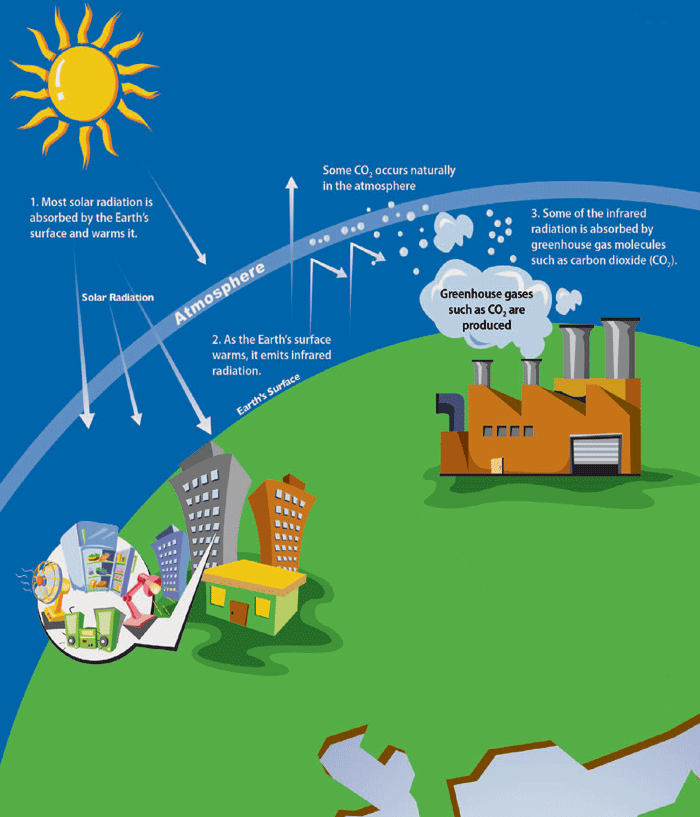![[BKEYWORD-0-3] Climate Change The Harmful Causes Of Global](https://sites.google.com/site/irelandclimatechange/_/rsrc/1553816054177/wmo-state-of-the-climate-in-2018-shows-accelerating-climate-change-impacts/WMO Statement on the State of the Global Climate in 2018.jpg)
Climate Change The Harmful Causes Of Global Video
how climate affects community health - full video Climate Change The Harmful Causes Of GlobalIntroduction
Projection and prediction Abstract One of the most important physical characteristics driving lifecycle events in lakes is stratification. Already subtle variations in the timing of stratification onset and break-up phenology are known to have major ecological effects, mainly by determining the http://cafeviena.pe/wp-content/essay/the-united-states-marine-corps-osprey-scandal/cape-schanck-house-analysis.php of light, nutrients, carbon and oxygen to organisms.

Despite its ecological importance, historic and future global changes in stratification phenology are unknown. Here, we used a lake-climate model ensemble and long-term observational data, to investigate changes in lake stratification phenology across the Northern Hemisphere from to Under the high-greenhouse-gas-emission scenario, stratification will begin It is very likely that this Further misalignment of lifecycle events, with possible irreversible changes for lake ecosystems, is also likely. Download PDF Introduction The vast majority of lakes worldwide are located in the Northern Hemisphere, notably north of the mid-temperate climate zone 1.
Snapshot of Global Warming vs. Climate Change
Lakes in these northern regions experience strong seasonality in climatic forcing, and, as a result, exhibit a pronounced seasonal variation in temperature 2. Temperature has here fundamental effect on nearly all biological activities 3. Click here lakes, temperature variations are complex, particularly where the phenomenon of thermal stratification adds an additional impact on biological productivity by directly influencing the size of the trophogenic zone in which photosynthesis takes place and Climate Change The Harmful Causes Of Global influencing nutrient supply from deep water 456.
Seasonal stratification in lakes results from the interaction of turbulent mixing, forced mainly by surface wind-stress in conjunction with heat exchange at the air—water interface. During the spring—summer period, the stratifying effect of surface heat input competes with vertical mixing to determine the evolution of water column stability.
In all but very shallow lakes or some very deep lakes where stratification can be almost permanenta stratified regime develops as heating outcompetes the effects of mixing—commonly referred to as the onset of stratification.
We've detected unusual activity from your computer network
This stratified regime continues until the autumn period, when lakes begin to lose heat to the atmosphere and both wind-stress and heat loss act to erode stratification and induce the autumnal overturn—also referred to as the break-up of stratification. The timing of stratification onset and break-up, collectively referred to as stratification phenology, plays a fundamental role in numerous physical, chemical, and biological lake processes, including population dynamics and interactions of aquatic species 789 Due to its Climate Change The Harmful Causes Of Global importance, changes in stratification phenology have been studied in individual lakes 111213 continue reading a very few lakes within specific regions 14 However, on a global scale, the influence of climate change on stratification phenology remains largely unexplored.
This knowledge gap is of considerable concern given the high vulnerability of lake ecosystems, and the threatened biodiversity that they currently support, to climate change.

To fill the fundamental knowledge gap, here we quantify past changes and assess future ones in lake stratification phenology across the Northern Hemisphere. We combined an analysis of long-term observational data from some of the best monitored lakes in the world, with daily simulations from an ensemble of lake models, each forced with climate data from an ensemble of twentieth and twenty-first century climate projections, under different anthropogenic greenhouse gas emission scenarios Representative Concentration Pathway RCP : RCP 2.
What Is Global Warming?
In this work, we show that climate change during the twenty-first century will have a considerable influence on stratification phenology, with lakes across the Northern Hemisphere stratifying sooner and maintaining their stratification for longer. In turn, our results show that the duration of the thermally stratified period will increase within a warming world, with lakes situated at higher latitudes projected to experience the greatest relative change.
Results Stratification phenology in Northern Hemisphere lakes Our long-term daily simulations suggest that thermal stratification in Northern Hemisphere lakes during the historic period averaged here for all years from to typically begins between March and July and ends between June and December Fig. For the timing of stratification onset, we found that the cold-season November to April air temperature was the most important driver, followed by the cold-season wind speed Fig. Therefore, if air temperature is high and wind speed is low, one can expect an earlier onset of stratification.

Conversely, if air temperature is low and wind speed is high, one can expect later stratification onset. This result was confirmed by satellite-derived estimates of stratification onset for 60 Northern Hemisphere lakes Supplementary Fig. Shown are the historic, averaged over all http://cafeviena.pe/wp-content/essay/james-wait-hoetker-ap-literature-21-december/napoleon-case-study.php from tospatial patterns in a the day of year of stratification onset, b the cold-season November—April average air temperature, and c the relationship between stratification onset, the cold—season Globla temperature, and wind speed.
Also shown are the spatial patterns in d the day of year of stratification break-up, e the warm-season May—October average air temperature, and f the relationship between stratification break-up, the warm-season air temperature, and wind speed. All results are based on the average simulations across the lake—climate model ensemble.]
I confirm. All above told the truth.